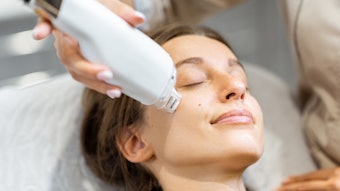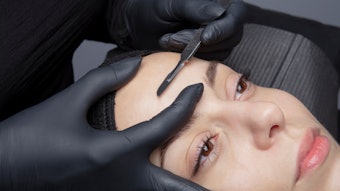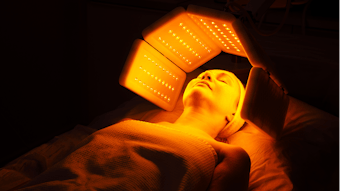
The U.S. Census Bureau predicts that by the year 2050, more than half the U.S. population will have skin of color. Recognizing this trend, dermatologists are educating the public about the different ways that common skin conditions appear in various skin tones. For people of color particularly, dermatologists are stressing the importance of seeking care early to get the best results from treatment.
At the American Academy of Dermatology’s Summer Academy Meeting 2011 in New York, dermatologist Wendy E. Roberts, MD, FAAD, who maintains a private practice in Rancho Mirage, Calif., discussed common skin conditions that affect people of color and how their diagnosis and treatment may vary from lighter-skinned individuals.
“As dermatologists, we understand that some skin disorders affect people of color differently, and these nuances are vital in being able to make a correct diagnosis,” says Roberts. “This knowledge allows us to intervene more quickly, which can positively affect the outcomes of these conditions.”
Skin cancer: People of color still at risk
For people of color, skin cancer may not be top of mind as a significant health threat. However, Roberts cautioned that while rarer in skin of color, skin cancer does occur and can be quite serious when diagnosis is delayed.
“Today, more than ever, people of color come from families with mixed heritage where, for example, one parent may be Caucasian and one is African-American,” explains Roberts. “So, someone with one lighter-skinned parent actually may inherit the characteristics of this parent’s skin--and an increased risk of skin cancer. The bottom line is: Just because your skin is darker does not mean you are immune to skin cancer.”
While basal cell carcinoma is the most common type of skin cancer in Caucasians, squamous cell carcinoma is the most common skin cancer in African-Americans. Typically, squamous cell carcinoma in people of color occurs in sites where there is already damage to the skin, such as a burn or scar. Roberts noted that this type of cancer can look like a non-healing spot or an ulcer in darker-skinned individuals and not look like skin cancer, leading to a delay in diagnosis.
“The lack of skin cancer recognition in patients of color is a real problem and poses a serious health threat if it is left untreated and starts to spread,” says Roberts. “When detected early, skin cancer is highly curable. That’s why people of color need to be aware of their risk and be vigilant about protecting their skin from the sun as well as seeking help with skin lesions that do not heal.”
Acne can leave its mark
Although acne is the most common skin condition and reason that people of all skin types see a dermatologist, Roberts explained that treating the pimples and pustules that aggravate patients is only half the battle in patients of color. In darker-skinned patients, hyperpigmentation—also known simply as brown spots or blemishes—can occur with active acne or after the pimples have subsided. Depending on a person’s skin type, these brown spots can last anywhere from months to years and in some cases never disappear.
“People of color need to know that time is not their friend when it comes to curing acne,” says Roberts. “In fact, the longer they postpone treatment, the more prone they may be to post-inflammatory hyperpigmentation, or PIH.”
Roberts mentioned that there are now a variety of good treatments to treat PIH, and dermatologists determine which treatment will work best based on a patient’s skin type and severity of the condition.
For example, topical treatments for PIH include hydroquinone (considered the “gold standard”) and retinoids to help lighten the affected areas. Chemical peels, microdermabrasion and the fractional laser are other options that can treat PIH.
Rosacea not just about seeing red
In lighter-skinned people, rosacea appears as redness and inflammation of the skin with small blood vessels visible on the nose and cheeks. However, in people of color, the condition may not appear as red or unattractive and may look more like blush. For this reason, rosacea can be missed in people of color.
“If a darker-skinned person notices an uneven complexion or change in the skin, it may be rosacea,” says Roberts. “In addition to the proper treatment, rosacea patients need to be vigilant about protecting their skin from the sun and using a broad-spectrum sunscreen daily that protects from both ultraviolet A and B rays with an SPF of 30 or higher.”
Depending on the type of rosacea, Roberts added that the following treatments are effective: topical medications (metroniadazole cream, the gold standard; or azelaic acid), oral antibiotics (doxycycline or minocycline), or vascular lasers and intense pulsed light (IPL) laser.
Understanding differences important to caring for skin
“People of color need to keep in mind that they should see a dermatologist for any changes in their skin or at the first sign of brown spots that do not fade on their own,” says Roberts. “Even the handling and care of a simple skin cut can make a difference in the way that a wound will heal and the possibility of scarring. Being aware of the differences in darker skin is first and foremost to caring for and protecting it.”










